Executing the following statement results in Access SQL:
CLNG((CCUR(1.225)/1)*100) = 123
The Conversion Goes, Decimal > Currency > Double > Double > Long
If I remove the CCUR conversion function:
CLNG(((1.225)/1)*100) = 122
The Conversion here goes , Decimal > Double > Double > Long
What is the difference between these two?
This extends to being different between Code And Access SQL
In Access SQL
clng((CCUR(1.015)/1)*100)/100 = 1.01 (Wrong Rounding)
In Access VBA
clng((CCUR(1.015)/1)*100)/100 = 1.02 (Appropriate Rounding Here)
Microsoft explain that the CLng function uses Banker's Rounding, here.
When the fractional part is exactly 0.5, CInt and CLng always round it to the nearest even number. For example, 0.5 rounds to 0, and 1.5 rounds to 2. CInt and CLng differ from the Fix and Int functions, which truncate, rather than round, the fractional part of a number. Also, Fix and Int always return a value of the same type as is passed in.
Looking at a similar question and the subsequent answer HERE, it explains that there are changes to the bit calculation behind the scenes, based on how it is calculated, but I'm not sure how the data type effects it.
What am I missing, and why is it calculating this way? How could I reproduce this behavior predictably in SQL Server?
EDIT
After some digging I believe that this is truly the result of a rounding point issue. In SQL server it will round floats to the nearest whole number if it is outside of the 15 digit max of precision. Access seems to hold more somehow, even though a Double is equivalent to a Float(53) in TSQL.

